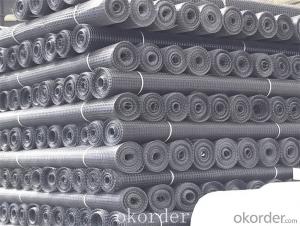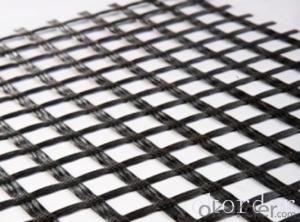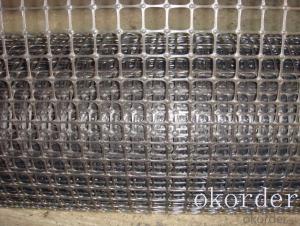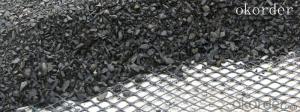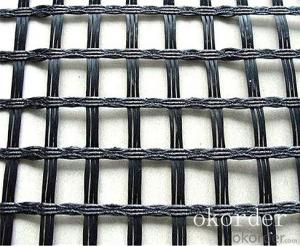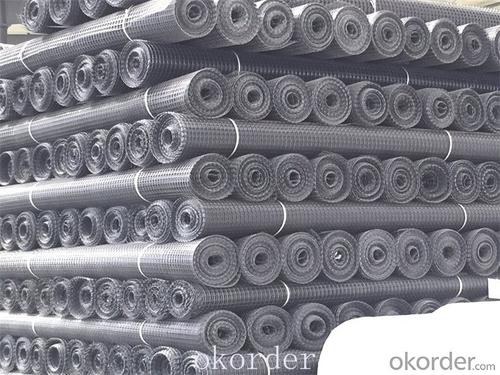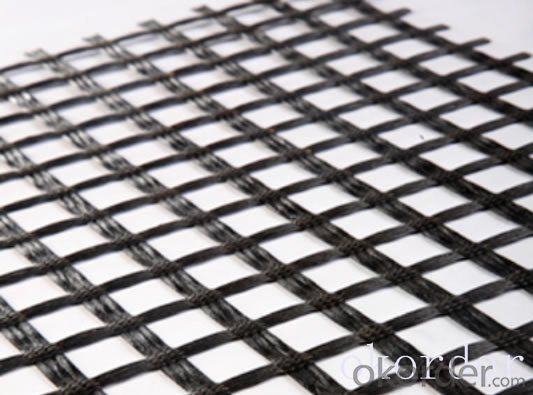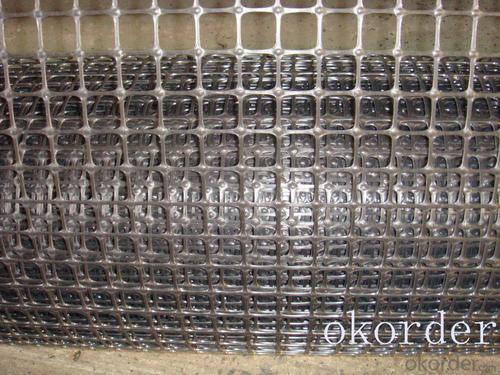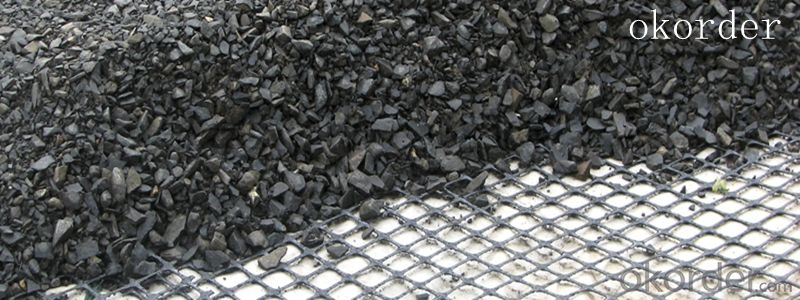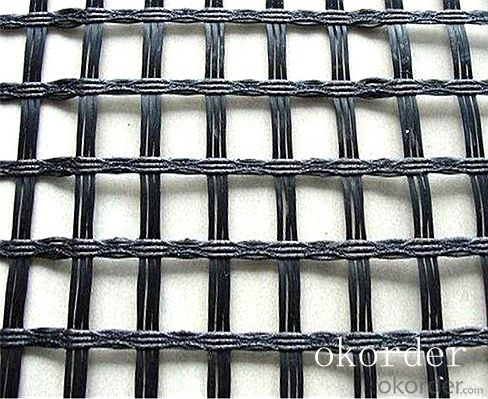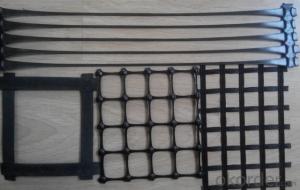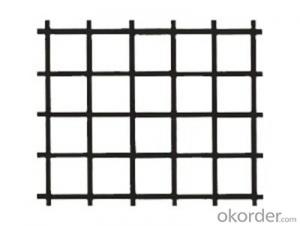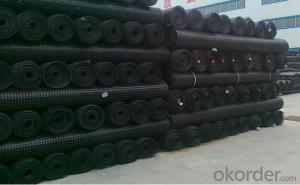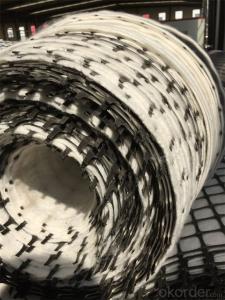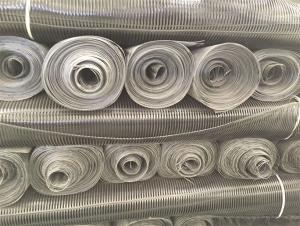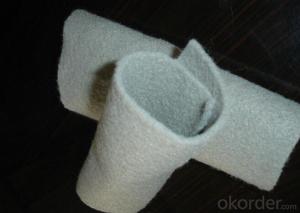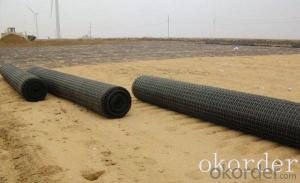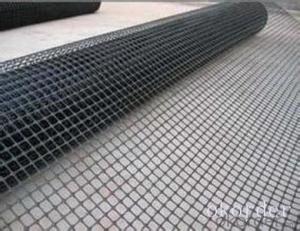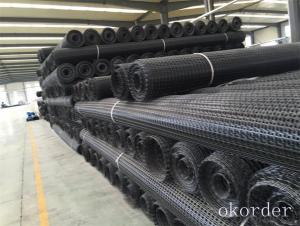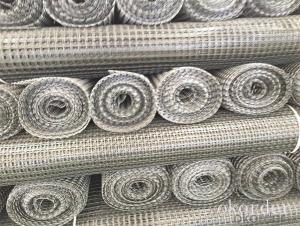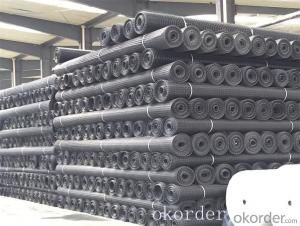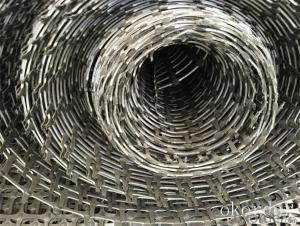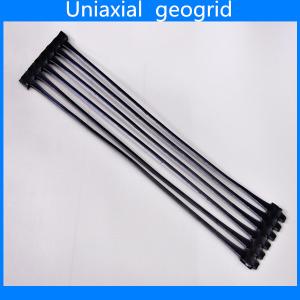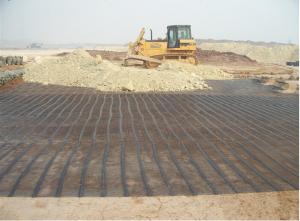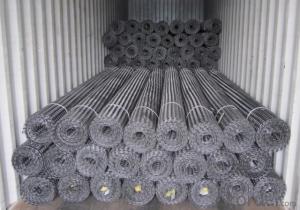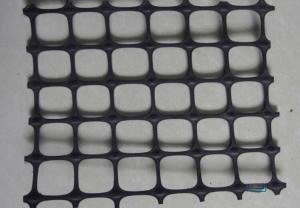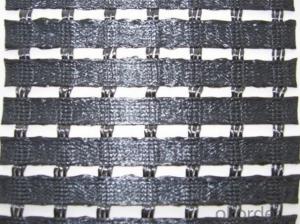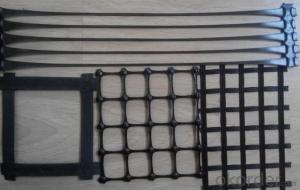Reinforcement Geogrids - PP Plastic Polypropylene Biaxial Geogrid with High Tensile Strength Made in China
- Loading Port:
- China main port
- Payment Terms:
- TT OR LC
- Min Order Qty:
- 1000 m²
- Supply Capability:
- 1000000 m²/month
OKorder Service Pledge
OKorder Financial Service
You Might Also Like
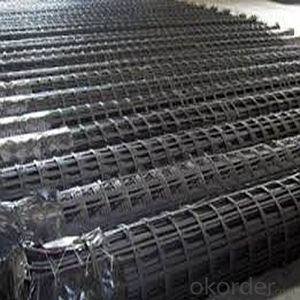
Product Introduction
Type:
Geogrids
Place of Origin:
Anhui, China (Mainland)
Brand Name:
CMAX
Model Number:
Biaxial
PP Plastic polypropylene geogrid biaxial
The properties of Biaxial Geogrids, made in Polypropylene (PP) with their square apertures, high tensile strength and optimised geometry of nodes and ribs make them equal to any other similar material.
Our Service
Quality assurance
1.On a regular basis or as per your request,we entrust national testing agencies to conduct quality inspections
2. Strictly in accordance with the ISO9001-2008 international quality system standard,we monitor and manage the whole process throughout production,quality testing,and measurement to ensure product quality
3. For quality-related construction delay or substandard construction(except for damage or losses due to customer’s responsibility or irresistible natural disasters),we have refunding,replacement,and repair services.We will respond to customers’ feedbacks on quality issues within 24 hours.
Packaging & Shipping
Packing: PLASTIC FILM INSIDE, AND WOVEN BAG OUTSIDE
Shipping: About 15 days after receipt the deposit
FAQ:
Q: What kind of payments does jenor support?
A: T/T, L/C, Cash are accepted.
Q: Do you charge for the samples?
A: Accordeing to our company policy, the samples are free, we only charge the freight fee. And we will return the freight fee during the next order.
Q: Can you produce according to customers' design?
A: Sure, we are professional manufacturer, OEM and ODM are both welcome.
Q: Do you have other products?
A: Yes, please check the pictures:
- Q: How do geogrids improve the performance of geogrid-reinforced earth walls?
- Geogrids improve the performance of geogrid-reinforced earth walls by providing reinforcement and stabilizing the soil. They distribute the tensile forces caused by the earth pressure more evenly, reducing the risk of wall failure and increasing overall stability. Additionally, geogrids help to limit soil movement, prevent erosion, and improve the long-term durability of the reinforced wall structure.
- Q: What is the difference between a woven and a non-woven geogrid?
- A woven geogrid is made by weaving polyester or polypropylene yarns together, creating a strong and stable grid structure. On the other hand, a non-woven geogrid is made by bonding polyester or polypropylene fibers together, forming a random network of filaments. This results in different characteristics and performance. Woven geogrids typically have higher tensile strength and are more rigid, making them suitable for applications requiring load distribution and soil reinforcement. Non-woven geogrids, while generally having lower tensile strength, offer excellent filtration and separation capabilities, making them ideal for erosion control, drainage, and subgrade stabilization.
- Q: How do geogrids improve the performance of geosynthetic-reinforced foundations?
- Geogrids improve the performance of geosynthetic-reinforced foundations by providing enhanced soil stabilization and reinforcement. They distribute and transfer loads more efficiently, reducing settlement and improving overall stability. Geogrids also increase the bearing capacity of the foundation, allowing for the construction of structures on weak or unstable soils.
- Q: Can geogrids be used in erosion control on slopes and hillsides?
- Yes, geogrids can be used in erosion control on slopes and hillsides. Geogrids are widely used for reinforcement and stabilization purposes in such areas to prevent soil erosion and retain the stability of the slope or hillside. They provide additional support to the soil, reducing the risk of landslides and erosion by improving the structural integrity of the slope.
- Q: What is the effect of installation spacing on geogrid behavior?
- The effect of installation spacing on geogrid behavior is that it can impact the overall stability and strength of the geogrid system. Proper spacing ensures that the geogrids are installed at the correct intervals, allowing them to distribute the load evenly and provide effective reinforcement. Incorrect spacing can lead to inadequate reinforcement, reduced performance, and potential failure of the geogrid system.
- Q: Can geogrids be used in bridge abutment construction?
- Yes, geogrids can be used in bridge abutment construction. Geogrids are commonly used to reinforce soil and provide stability in various civil engineering applications, including bridge abutments. They help distribute loads and improve the overall performance and longevity of the structure.
- Q: What is the name of the geotextile woven from polyester and polyester threads?Should be with a flat woven out, like polyester yarn is double stranded and
- Polyester woven geotextile
- Q: Can geogrids be used in reinforcement of retaining walls?
- Yes, geogrids can be used in the reinforcement of retaining walls. Geogrids are commonly used in retaining wall construction to improve stability and strength. They are placed within the soil layers of the wall to provide additional support, prevent soil movement, and increase the overall load-bearing capacity of the structure.
- Q: What is the purpose of using the three - way geogrid in the gravel layer
- Reinforced with three - way geogrid
- Q: How much is the overlap length of Geogrid
- The horizontal distribution of shear walls should be staggered staggered 500mm, lap length 1.2LaE.
Send your message to us
Reinforcement Geogrids - PP Plastic Polypropylene Biaxial Geogrid with High Tensile Strength Made in China
- Loading Port:
- China main port
- Payment Terms:
- TT OR LC
- Min Order Qty:
- 1000 m²
- Supply Capability:
- 1000000 m²/month
OKorder Service Pledge
OKorder Financial Service
Similar products
Hot products
Hot Searches
Related keywords
